
Elsevier and the International Solar Energy Society (ISES) are pleased to announce the third biennial Renewable Transformation Challenge. If you have an innovative proposal which contributes to the goal of transitioning to 100% renewable energy, submit your application for a chance to win €20,000.
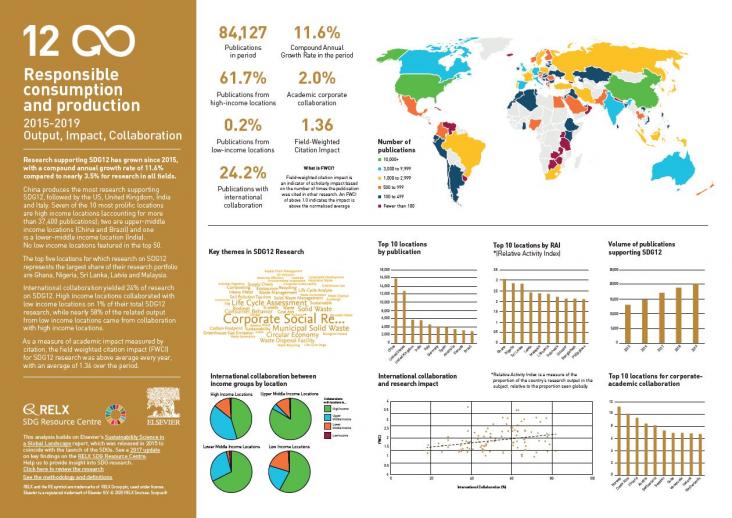
Over the past five years, we have used data and analytics to help the research and healthcare communities navigate the sea of research and to put collaboration, both interdisciplinary and international, at the heart of scientific progress on the SDGs. View findings for SDG 12.
Partner content
World Bank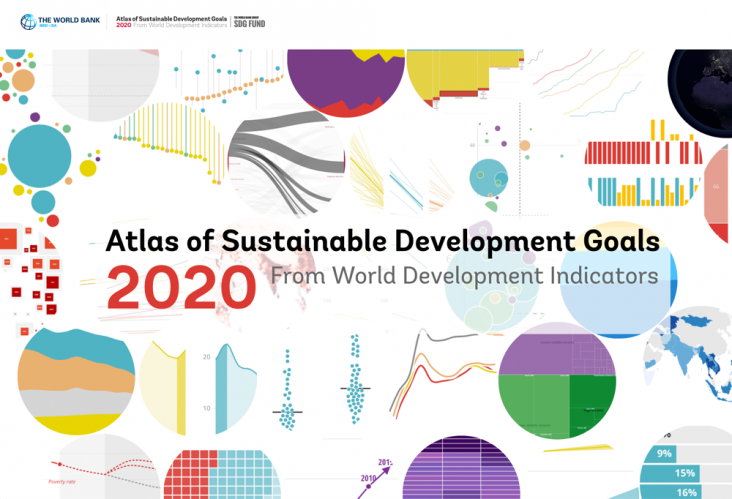
The Atlas of Sustainable Development Goals 2020 presents interactive storytelling and data visualizations about the 17 Sustainable Development Goals.
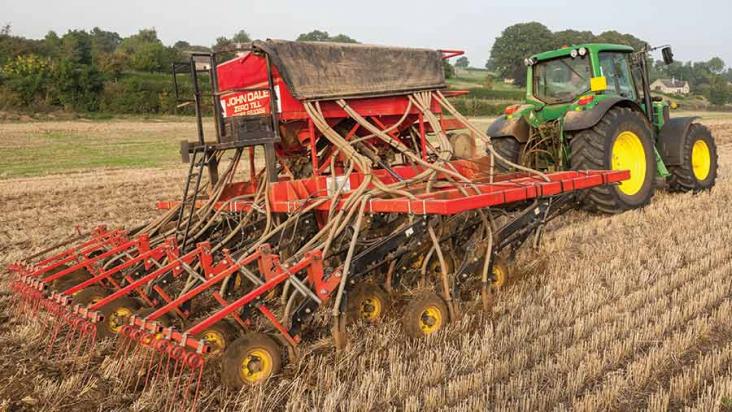
Direct drilling - where the ground is not ploughed before a new crop is established - helps conserve soil moisture and structure and prevents wind erosion. Switching to direct drilling, or "no-till", can therefore bring big savings in labour and machinery costs. However does this translate to better gross margins? A benchmarking study, which compared no-till with more conventional approach, suggest there are savings to be made despite dips in yield. This supports SDG12: Responsible Consumption and Production.
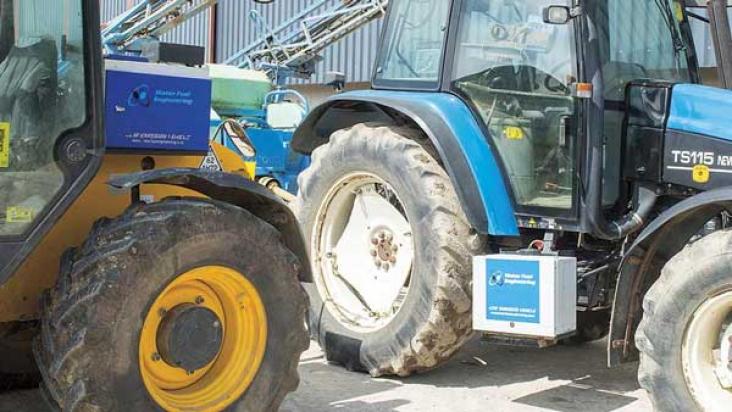
Scottish farmers have been using clean energy technology normally used by buses and bin lorries to power their farm machines, helping to reduce emissions and make efficiencies. This helps to advance both goal 7 and goal 12.
With increasing pressure on chemical solutions to pests and diseases from the public, and growing resistance from plants as well as the risk to bees and other beneficial insects, farmers urgently need viable alternatives. Farmers Weekly talked to a UK farmer who is relying on biological controls to keep his oilseed rape healthy and yields profitable. This helps support SDG 12 - responsible consumption and production.

This article explores how innovations can be used to advance goals 2 (zero hunger) and 12 (sustainable consumption and production). Nematicides - products for controlling soil-borne pests in root crops - are under threat of further regulation or withdrawal due to their toxicity. The Nematicide Stewardship Programme is demonstrating they can be used responsibly and safely to ensure their approval is maintained. But one farmer has taken it a step further by using technology to ensure his nematicide is applied accurately.

Supporting Goal 12. Higher plastics recycling targets in the EU do not necessarily have to be detrimental to EU polymers producers, who will find new business opportunities in the recycling industry. EU countries will need to improve their recycling systems in order to achieve a more unified approach.
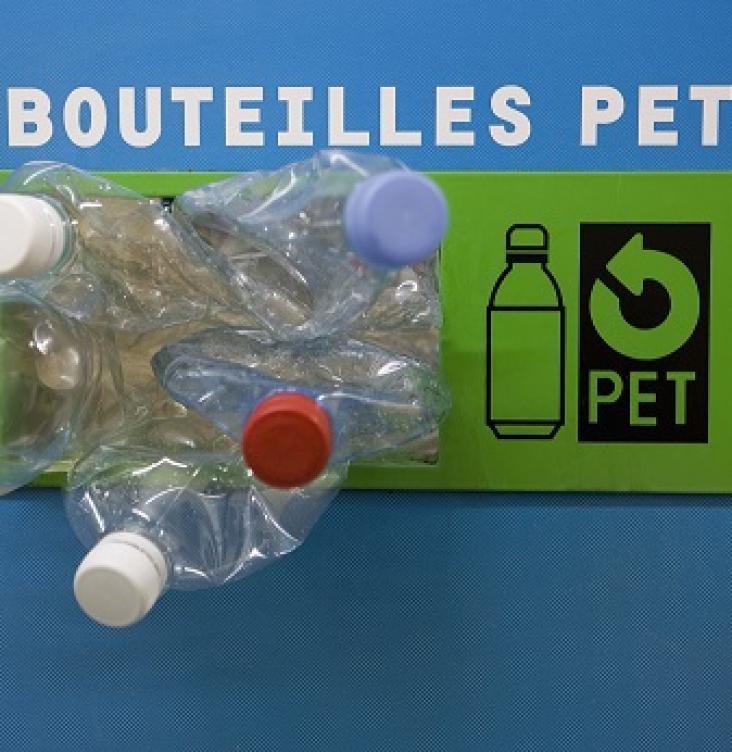
Supporting Goal 12. The EU should keep and recycle its “valuable plastic” within a “single circular economy”, according to the European Commission’s vice president for jobs, growth, investment and competitiveness
Supporting Goal 12. The use of plastics in packaging has been thrust into the spotlight in recent months. A renewed focus on marine waste including microplastics as well as still high landfill rates for plastics has led for calls for a reduction in single-use plastics.
